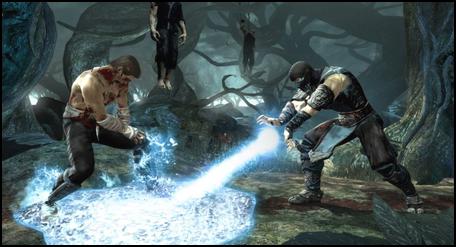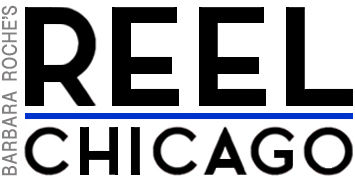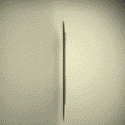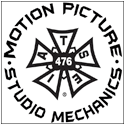
Lost amid the April 23 chaos at Pete Wentz’s Angels and Kings club at the Hard Rock Hotel, was the celebration going on for the release Mortal Kombat, a retelling of the whole super heroes fight for the future of humanity against an evil king.
Released April 19, the ninth main entry into the billion dollar Mortal Kombat franchise, running 120 minutes, was developed by Chicago-based NetherRealm Studios.
The cutting edge reimagining of reboot of the original story is well on its way to greater glory, having received rave reviews from some of the toughest critics in the business. It debuted at the top of the chart with sales of 422,000, amid the release of five other popular video games the same week.
The story was co-written by MK co-developer/senior artist John Vogel (who put the K in Kombat), director Dominic Cianciolo, a short film director who directed Mortal Kombat vs. DC Universe, and Brian Chard, an actor and musician who has been involved with five of the previous games in the franchise.
 The new fighting game’s cinematics, or story mode, was provided by 10 local actors: Stephan Scalabrino, Lawrence Kern, Sorin Brouwers, Sean Okerberg, Brenda Barrie, C. Sean Piereman, Chris Mathews, Chris Bashen, John Frazier, and me, Lorrisa Julianus.
The new fighting game’s cinematics, or story mode, was provided by 10 local actors: Stephan Scalabrino, Lawrence Kern, Sorin Brouwers, Sean Okerberg, Brenda Barrie, C. Sean Piereman, Chris Mathews, Chris Bashen, John Frazier, and me, Lorrisa Julianus.
They had reunited for Mortal Kombat after working together in 2008 in Kombat vs. DC Universe.
NetherRealm occupies its own Northwest Side building
Mortal Kombat games were originally developed by Midway Games and located in a big office building on the Northwest Side. After Midway’s 2009 bankruptcy, the company was acquired by WB Games and is now part of Warner Bros. Interactive Entertainment (WBIE) family of games.
Last fall, NetherRealm’s award-winning talent of around 850, captained by MK CD and co-creator Ed Boon, moved into its own specially designed state-of-the-art building, which left Midway’s old offices in the dust.
WBIE dubbed its new “fighting-game” facility NetherRealm Studios, after the famed location in Mortal Kombat lore.
Designed and remodeled specifically as a game production facility at no small cost, the new studio is basically on one floor. A large reception room leads into the office area, which is divided into four color-coded quadrants according to job function. Beyond this is the large motion capture stage with a two-story high ceiling and drive-in access.
Since 1992, the Mortal Kombat franchise has sold more than 28 million copies. It has spawned many sequels and has been spun off into several adventure games, animated and live action films and an animated and live action TV series, various comic book series, a card game and a live action tour.

















